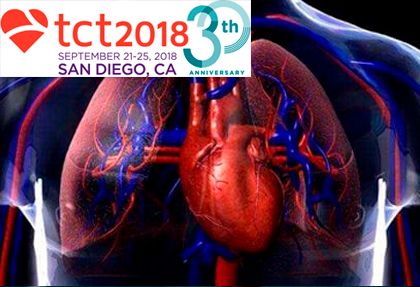This work included 98 patients with pre- and post-capillary pulmonary hypertension defined as mean pulmonary arterial pressures ≥25 mmHg, pulmonary capillary wedge pressures >15 mmHg, and pulmonary vascular resistance >3.0 Wood units. These subjects were randomized to pulmonary artery denervation vs. sildenafil plus sham pulmonary artery denervation. The medical treatment for heart failure was administered to all patients.
 The primary endpoint was a 6-minute walk distance test at 6 months, and the secondary endpoint was modification of pulmonary vascular resistance.
The primary endpoint was a 6-minute walk distance test at 6 months, and the secondary endpoint was modification of pulmonary vascular resistance.
At 6 months, the 6-minute walk distance test increased by an average of 83 m in the denervation group vs. 15 m in the sildenafil group (p < 0.001). Additionally, pulmonary vascular resistance was significantly lower. Clinical worsening was less frequent among patients in the pulmonary artery denervation group compared with the sildenafil group (16.7% vs. 40%; p = 0.014).
Original title: A Randomized Trial of Pulmonary Artery Denervation in Patients with Combined Pre- and Post-Capillary Pulmonary Hypertension.
Presenter: Shao-Liang Chen.
Get the latest scientific articles on interventional cardiologySubscribe to our weekly newsletter
We are interested in your opinion. Please, leave your comments, thoughts, questions, etc., below. They will be most welcome.





